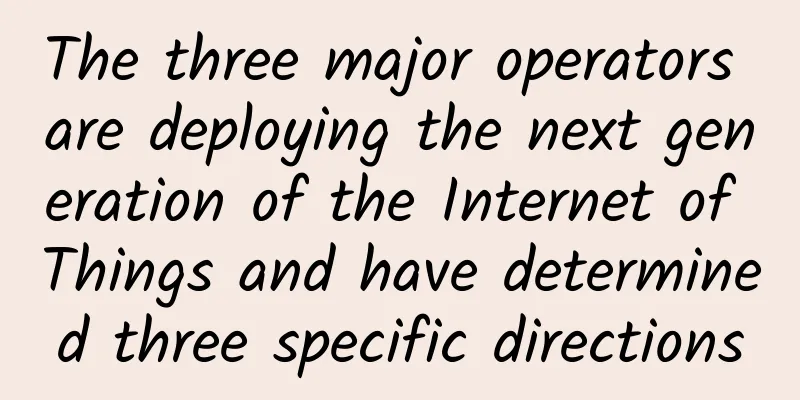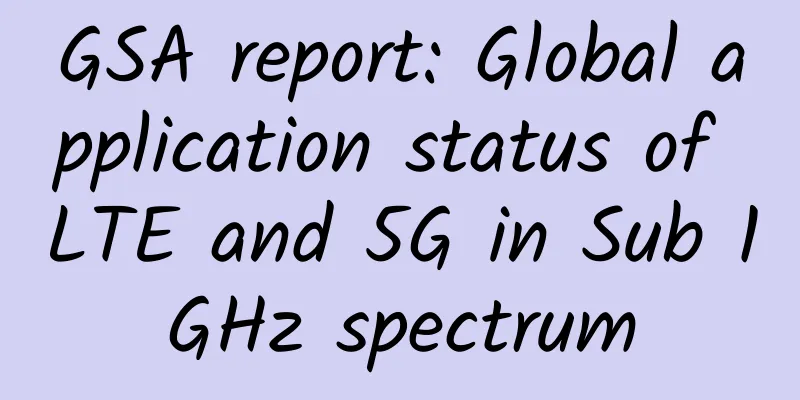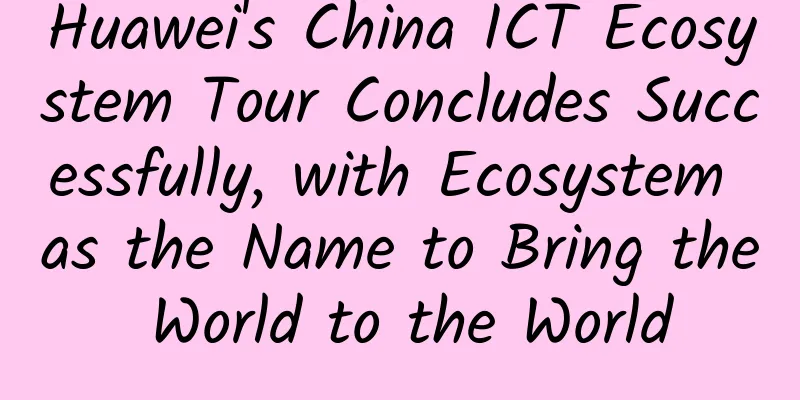The three major operators are deploying the next generation of the Internet of Things and have determined three specific directions

|
In 2017, the Internet of Things industry ushered in large-scale commercial use, and major telecom operators and network equipment manufacturers have accelerated the pace of industrial layout. Experts said that in the next few years, the number of global Internet of Things connections will reach tens of billions, and this scale will open up a new blue ocean for the development of the Internet of Things.
At the "2017 Internet of Things Industry Summit" held in Shanghai recently, the three major operators, China Telecom, China Mobile and China Unicom, all expressed that they are actively deploying the next generation of the Internet of Things. Zhu Ming, deputy general manager of China Telecom's Internet of Things Company, revealed that China Telecom will focus on three major directions in terms of Internet of Things business operations, namely deepening smart cities, deploying vertical industries, and stimulating personal consumption. Ye Lingwei, deputy general manager of China Mobile's Internet of Things Company, said that by 2020, the total number of China Mobile connections will exceed 1.75 billion. Ye Lingwei said that the external environment of the Internet of Things industry is improving, and the industry has entered a period of rapid growth. At present, the relevant technologies of the Internet of Things are constantly making progress, and the deployment costs are constantly decreasing. China Mobile is focusing on the Internet of Things and based on "cloud, pipe and terminal" to expand its capabilities in five core areas: intelligent connection, open platform, chip module, intelligent hardware and solution. According to experts, the networks of the three major operators will fully support NB-IoT (narrowband Internet of Things) in 2018. From the end of 2017 to the beginning of 2018, the industry will release a variety of narrowband Internet of Things products, and in 2018, narrowband Internet of Things terminals will flourish. "The Internet of Things has become one of the major global industrial strategies. China has become the most active market for the development of the Internet of Things. The government promotes the development of the industry by encouraging operators to build narrowband Internet of Things." Yu Yifang, assistant to ZTE's chief technology officer, said that 2017 to 2018 is the product development and layout period. It is expected that from the second and third quarters of 2018, the shipment of terminals and applications will be relatively large-scale. Large-scale shipments of narrowband Internet of Things terminals and applications are expected to be by the end of 2018. Technologies such as 5G, cloud computing, and big data are driving IoT applications in areas such as smart manufacturing, Internet of Vehicles, and industrial Internet. The demand for IoT applications is also upgrading across the board. In the past, it only solved some simple application problems, but now it has begun to solve problems such as industrial transformation and upgrading, overall transportation, smart homes, and health protection. Industry insiders pointed out that the Internet of Things is accelerating into a new stage of "cross-border integration, integrated innovation and large-scale development", and is deeply intersecting with new industrialization, urbanization, informatization and agricultural modernization construction, and will face broader development prospects in the future. It is worth noting that the current development of the Internet of Things is also experiencing fragmentation in both technology and applications. How to improve the scale effect of the Internet of Things is a huge challenge. In this regard, experts said that it is necessary to gather the strength of all sectors of the industry, with an open mind, create open interfaces, and use smart platforms and application software to facilitate the use of the majority of users, so as to jointly open up a new blue ocean of win-win in the Internet of Things market through cooperative innovation. |
<<: Big data architecture, use cases and benefits in IoT
>>: Thirty years of changes and evolution of Internet core protocols
Recommend
Xiaoyu Yilian's full range of new products are officially released to ignite the nuclear fusion of the audio and video conferencing industry
On August 2, the 2017 Xiaoyu Yilian E=mc² new pro...
OneTechCloud: 30% off all VPS monthly payments starting from 19 yuan/month, Hong Kong CN2&CMI/US CN2 GIA&9929/high defense optional
OneTechCloud has launched a Spring Festival promo...
GSMA releases a white paper on 2G/3G network decommissioning experience in Asia Pacific to help operators reduce costs and increase efficiency, and move forward with ease
With the popularity of smartphones and the rapid ...
RackNerd: $9.49/year KVM-768MB/12GB/2TB/San Jose and other data centers
RackNerd released a March promotion plan, includi...
PacificRack: $8/year KVM-512MB/10GB/1TB/Los Angeles data center
PacificRack has launched the Winter Sales promoti...
F5: Hybrid cloud architecture behind the "Double Eleven" carnival
The total sales volume of the entire network reac...
Common WiFi Attacks and Detection
Common WiFi attacks under the 802.11 standard Tra...
New challenges for operation and maintenance in 2018: Three experts tell you how to achieve intelligent operation and maintenance
[51CTO.com original article] With the trend of cl...
9 correct views on the cancellation of data roaming charges
On July 1, data roaming charges were officially c...
GreenCloudVPS 9th anniversary, $15/year KVM-2GB/20GB/2TB/San Jose and other data centers available
GreenCloudVPS recently launched its 9th anniversa...
The impact of edge computing and 5G on future channel business
Last year, the COVID-19 pandemic has made us even...
Detailed explanation with pictures and text: 12 mobile application design principles to improve user experience
【51CTO.com original article】 Today, with just the...
iWebFusion: 4G memory KVM starts at $9.38/month, dedicated server starts at $57/month, multiple data centers available
iWebFusion is the iWFHosting that I shared before...
5G brings unlimited opportunities to different industries
The workplace of tomorrow will look different tha...
Alibaba final interview: How to use UDP to implement TCP?
[[355616]] This article comes from a real intervi...









